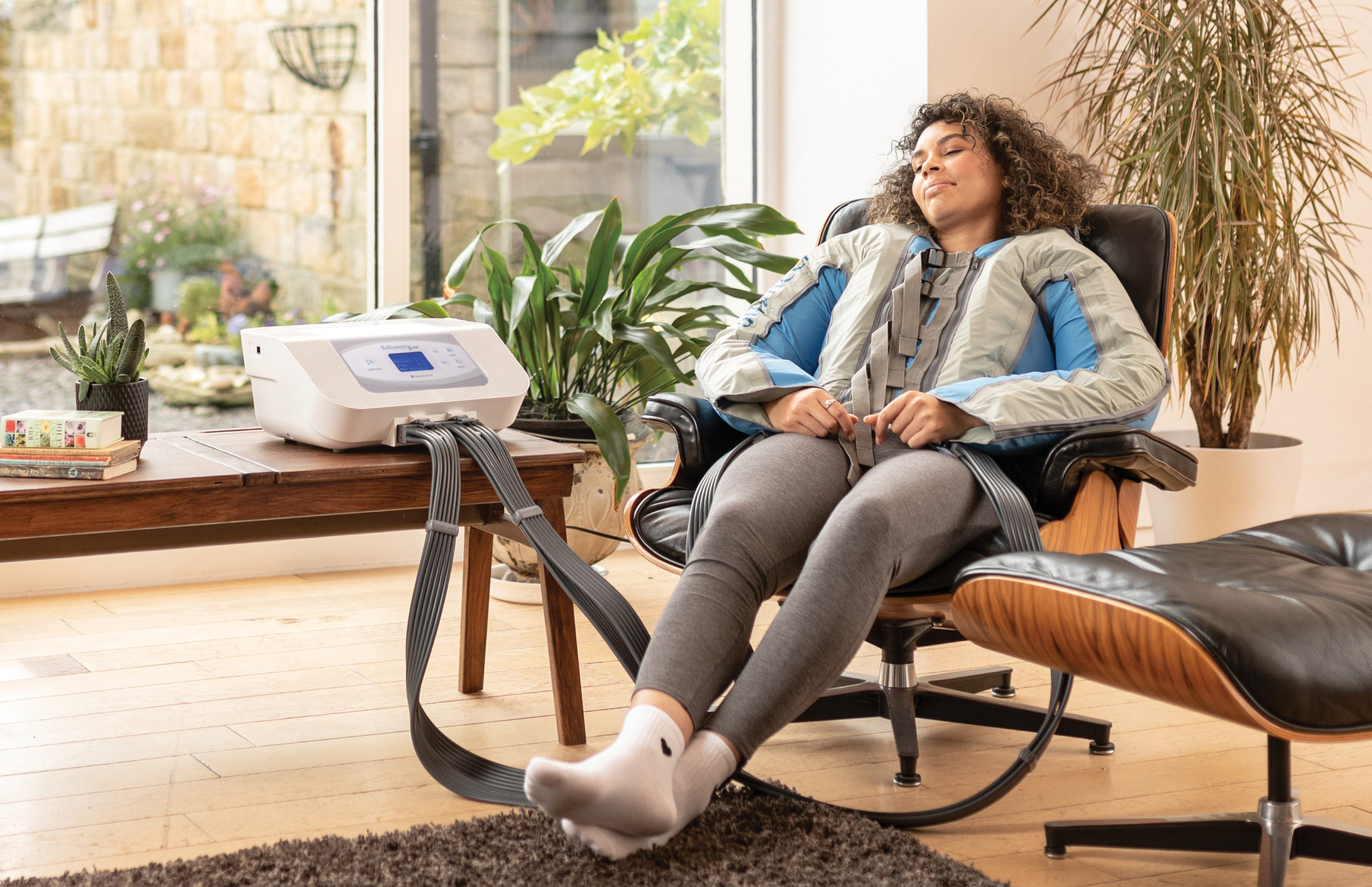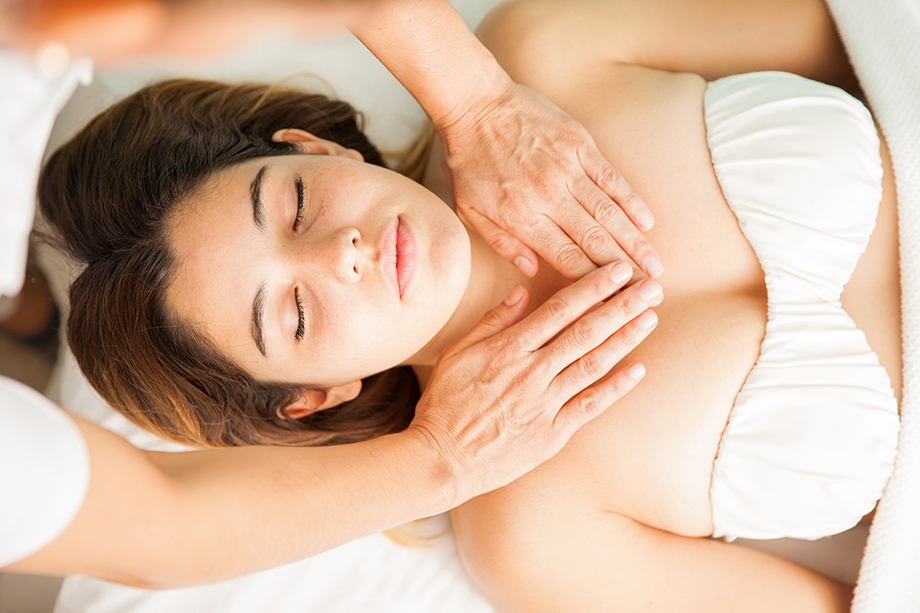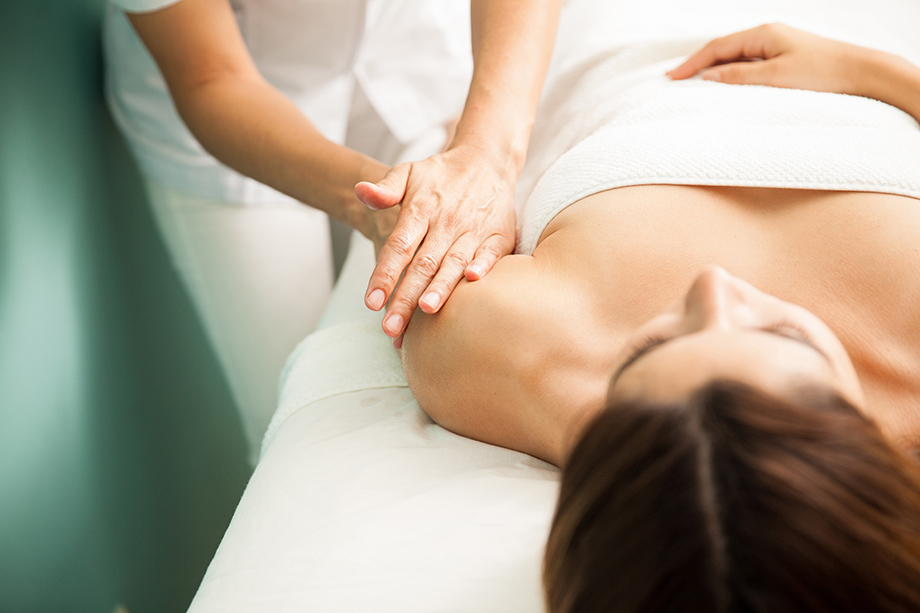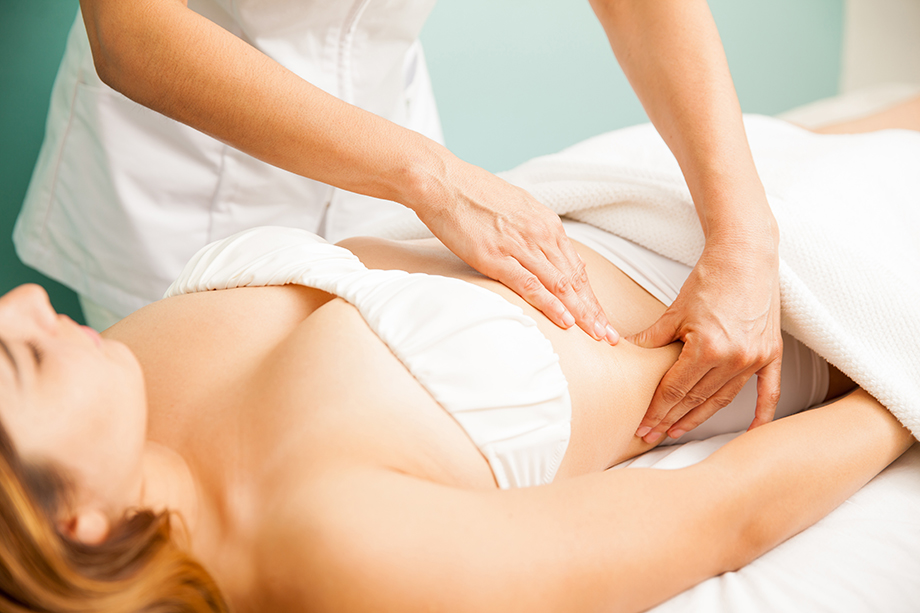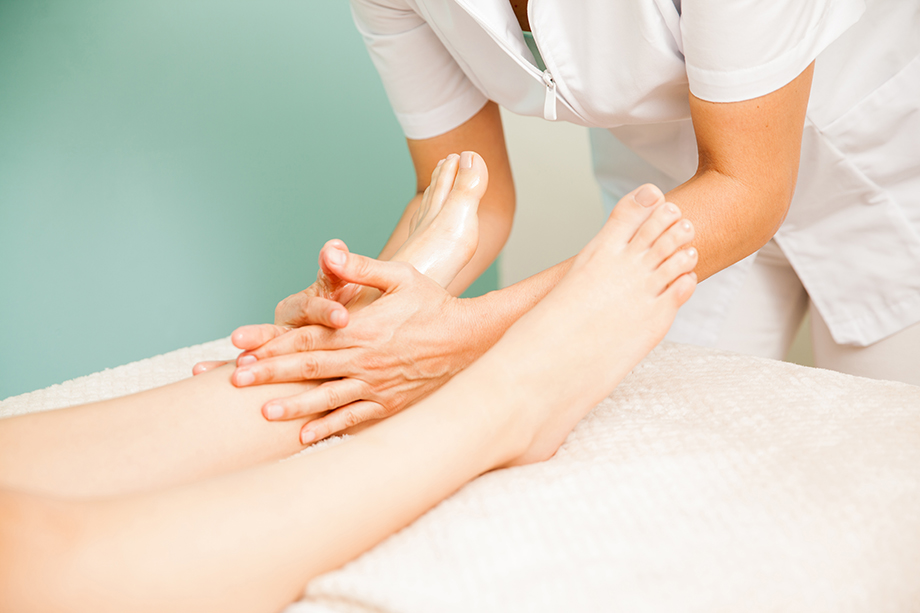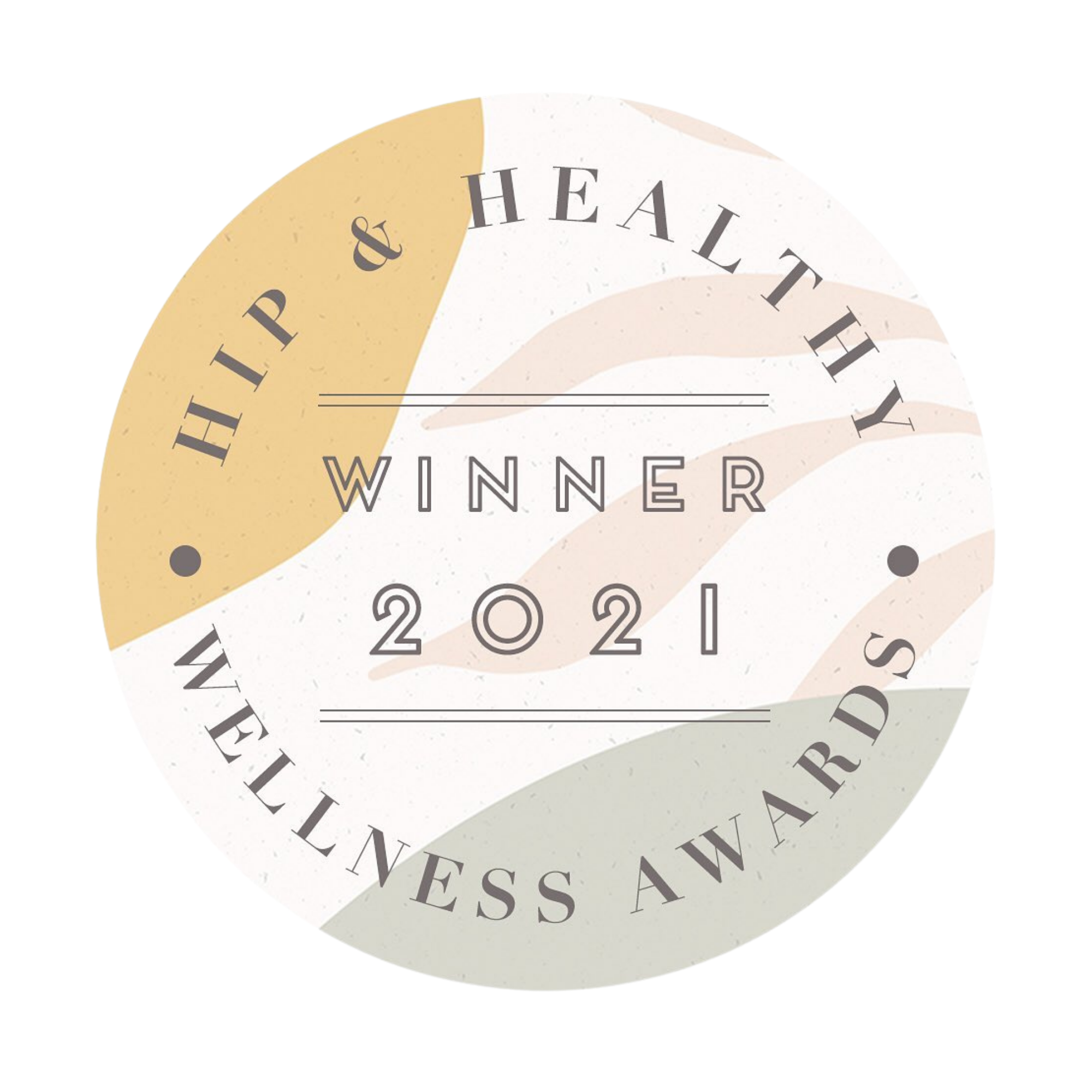We get asked this a lot! By ‘ordinary’ massage, people tend to be referring to aromatherapy, sports massage, Swedish massage or any of the other – often quite exotic-sounding – massages available today in salons and spas.
With these massages, a therapist is usually working on the muscles, and will often need to use deep massage techniques to reach the muscular layer. Lymphatic drainage massage, however, is targeting the delicate lymphatic vessels and nodes that sit just below the skin, which only require very light pressure in order to move fluid through.
What this means is that if you suffer from water retention, bloating, cellulite or poor skin tone, using traditional massage may not give you what you are looking for.
“Lymphatic drainage is sometimes termed ‘massage’ because it involves hand movements on the skin but it is very different from therapeutic or aromatherapy massage which can cause friction to the skin and increase the blood supply. This, in turn, causes more lymph to be produced.” Website of the Royal Marsden Hospital
